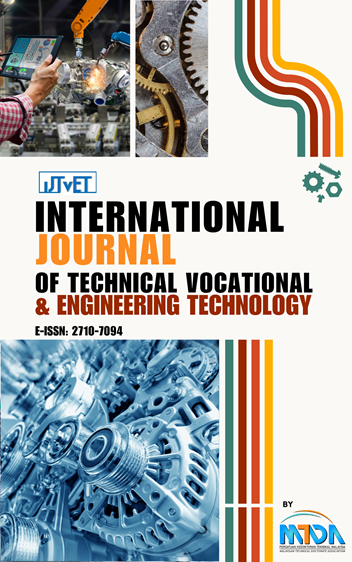Physicochemical Analysis of Cookies Enriched With Sugar Cane Bagasse Fibre
Keywords:
Sugar Cane Bagasse, FIber, Physicochemical AnalysisAbstract
Sugar cane bagasse, a discarded plant fibre remaining subsequent to the extraction of sugar cane juice, holds significant value as an abundant source of insoluble dietary fibres. These fibres offer a wide range of applications in various industries, including both the food and non-food sectors. Despite its potential, the comprehensive analysis of the physicochemical properties of sugar cane bagasse fibre for its role in cookie production is currently lacking or disregarded in evaluation processes. This study focused on utilizing sugar cane bagasse, a by-product of sugar extraction, for enhancing cookies. The bagasse was processed into powder after steam treatment, and cookies were made with different levels of bagasse powder (2%, 4%, and 6%). The study assessed the cookies' moisture content, crude fibre, and textural properties. The findings revealed that the cookies with bagasse (F1 6%) had higher moisture content (3.67±0.1274%), and the crude fibre content (2.02±0.871%) increased with the bagasse level. While there were no significant differences in hardness, cohesiveness, and springiness between the samples, cookies with bagasse had lower hardness (14047.33±21048.66) and springiness (0.366±0.152) but higher cohesiveness (0.0733±0.01155) than control cookies. The study highlights the potential of using sugar cane bagasse fibre in cookies, contributing to waste reduction in the food industry.
Downloads
Published
Issue
Section
License
Copyright (c) 2025 International Journal Of Technical Vocational And Engineering Technology

This work is licensed under a Creative Commons Attribution-NonCommercial-ShareAlike 4.0 International License.
The content of The International Journal of Technical Vocational and Engineering Technology (IJTVET) is licensed under a Creative Commons Attribution 4.0 International license (CC BY NC ND 4.0). Authors transfer the ownership of their articles' copyright and publication right to the International Journal of Technical Vocational and Engineering Technology (IJTVET). Permission is granted to the Malaysian Technical Doctorate Association (MTDA) to publish the submitted articles. The authors also permit any third party to freely share the article as long as the original authors and citation information are properly cited.
















